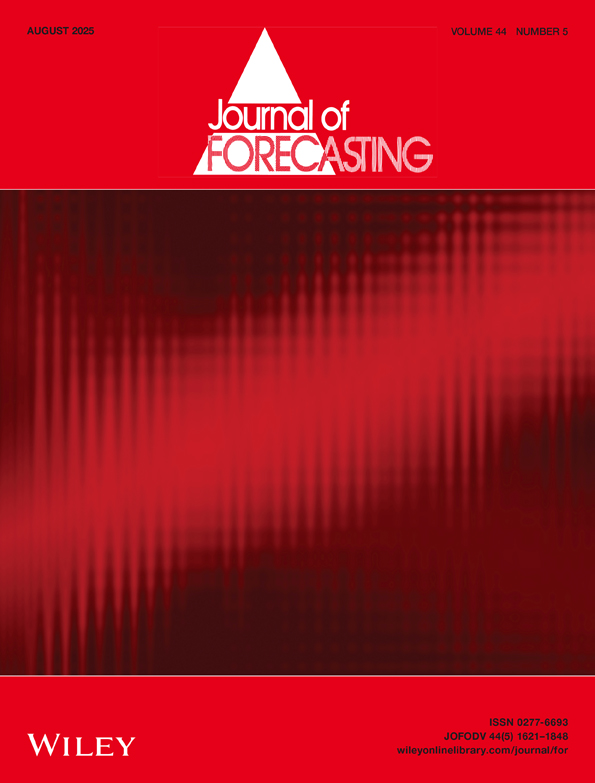Can panel data really improve the predictability of the monetary exchange rate model?
Abstract
A common explanation for the inability of the monetary model to beat the random walk in forecasting future exchange rates is that conventional time series tests may have low power, and that panel data should generate more powerful tests. This paper provides an extensive evaluation of this power argument to the use of panel data in the forecasting context. In particular, by using simulations it is shown that although pooling of the individual prediction tests can lead to substantial power gains, pooling only the parameters of the forecasting equation, as has been suggested in the previous literature, does not seem to generate more powerful tests. The simulation results are illustrated through an empirical application. Copyright © 2007 John Wiley & Sons, Ltd.




